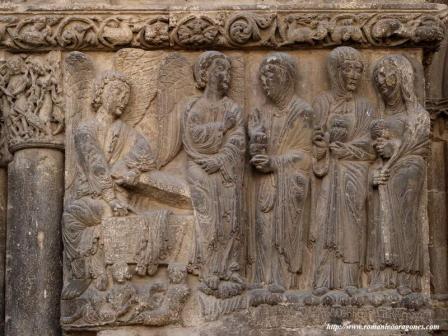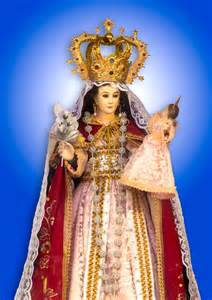19 September
lecture series
ESTELLA ES ARTE-LIZARRA ARTEA DA
San Miguel de Estella: other views
D. Román Felones Morrás
committeeSocial of the Public University of Navarra
On 19 September, as part of the cycle "Estella es Arte/Lizarra Artea da", the fourth and last lectureof the cycle was held at the Museo Gustavo de Maeztu in the town of Ega. In contrast to the clarity of the degree scrollof the three previous sessions, the author highlighted the enigmatic nature of the statement "other gazes". After stressing that any building, especially a church, is the sum of initiatives of many generations with different points of view and disparate achievements, he suggested the possibility of reflecting on four different and complementary points of view: artistic, pedagogical, conservationist and devotional, in order to reach some final conclusions.
Undoubtedly, the artistic viewpoint is the best known and most widely known A. Precisely for this reason, after listing the main authors and works of reference letter, he limited himself to a brief gloss on the church's essential contribution to the History of Art: its north doorway, especially the relief of the Resurrection, with the scene of the Marys before the tomb. This is a scene in which the final Romanesque style reaches one of its peaks, heralding the imminent arrival of the Gothic style.

North cover: Women before the tomb
There are buildings that lend themselves to a chronological vision of the history of art represented in a single space by a series of pieces, be they architecture, sculpture or painting. This is the case of San Miguel de Estella, with a sequence that covers the four great styles of Navarre: Romanesque, Gothic, Renaissance and Baroque. The experience accumulated with the pupils of high school diplomaof the IES Tierra Estella during the years of teachinghas allowed the author to experiment well with this look with satisfactory results. The architectural succession represented in apses and vaults; the list of sculptural pieces that takes us from the Romanesque to the Baroque, and some pictorial pieces to a lesser extent, allow us to underline some of the basic characteristics of these periods. A view in which San Miguel acts as a small and rich guidethat provides us with the basic data.
The church in Estella reached the end of the 20th century in precarious conditions. But after three different stages, more than six years of work and an investment of more than 254 million pesetas, mainly with public funds from the Government of Navarre, it now stands out in all its splendour. But this process of conservation of the temple allows us, and this is what Professor Felones tried to do, to appreciate different ways of dealing with the inherited heritage. The intervention on the portico, in which the closed brick and plaster structure was replaced by a glass roof, had and still has its supporters and detractors. It has certainly gained in light, but it seems that this very luminosity may be damaging the stone, given the change in an ecosystem that had not changed for centuries. Another intervention that aroused controversy at the time was the decision to keep the main altarpiece, a work that is not particularly Aof 18th century Navarrese Baroque. The example of the apse of Iratxe and the work in the cathedral of Santo Domingo de la Calzada, with the removal of the altarpiece by Damián Forment to a side chapel, illustrate a possible alternative. The question is obvious: do we have the right, with today's criteria, to remove an altarpiece in which the parishioners of the 18th century put all their care, although with an uncertain artistic result?

The glazed roof of the north portal has both supporters and opponents

The medieval interior is dominated by a Baroque altarpiece that remained in place after the church was restored.
The last point of view addressed was devotional. Estella at the end of the 11th and 12th centuries saw the arrival of the Franks, the birth of the burghs and the arrival of new dedications: Saint Martin and the Virgins of Rocamador and El Puy are the most outstanding examples. Although the invocation of Saint Michael was well rooted in the territory, eight centuries later the parish saw the arrival of a new invocation from the Americas. The Order of the Swan, founded by Prussian knights in the 15th century and linked to the Franciscans, led Bishop López de Solís to give the name to an image of the Virgin that appeared in Loja, Real Audiencia de Quito, in 1594. She has become the patron saint of Ecuador and her cult has spread throughout the world thanks to Ecuadorian emigrants. They have encouraged her worship in the parish of San Miguel, since the Ecuadorian community has made her their church at reference letter. The parish priest welcomed, with good criteria from a devotional and pastoral point of view, the image placed on a pedestal that also holds the different mantles that adorn it throughout the year. A curious case that recalls the arrival eight centuries earlier of the Frankish dedications.

The devotion to the Virgin of the Swan has been introduced by Ecuadorian emigrants.
These four complementary perspectives allowed for a final reflection: to be aware of the richness of a temple, a space of worship sometimes combined with artistic excellence. A space that must be respected and an excellence that must be protected for the enjoyment of future generations.
